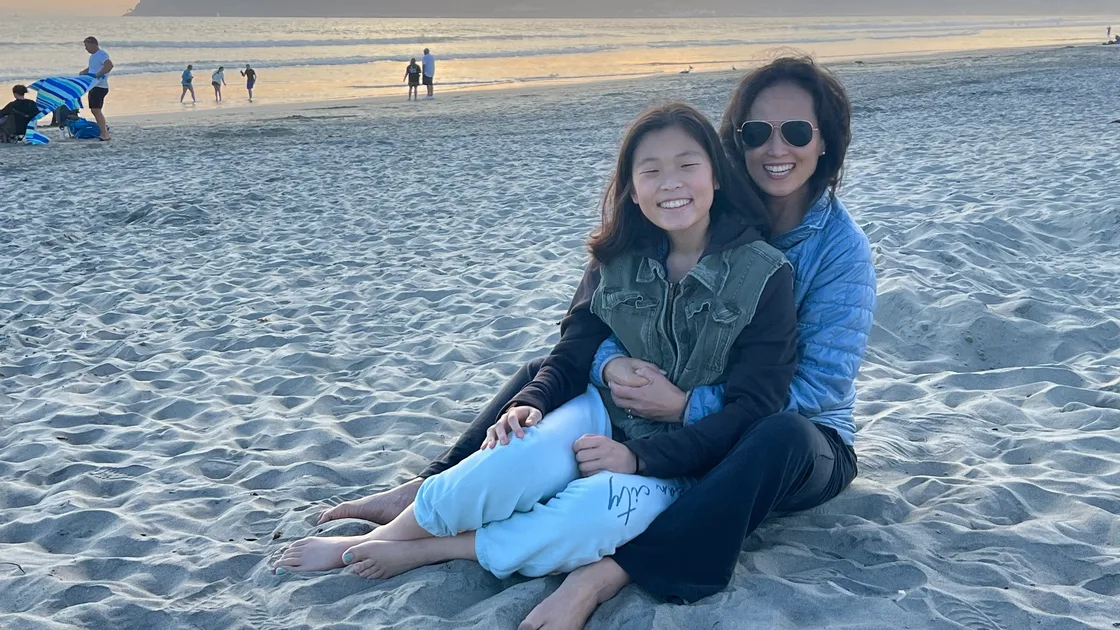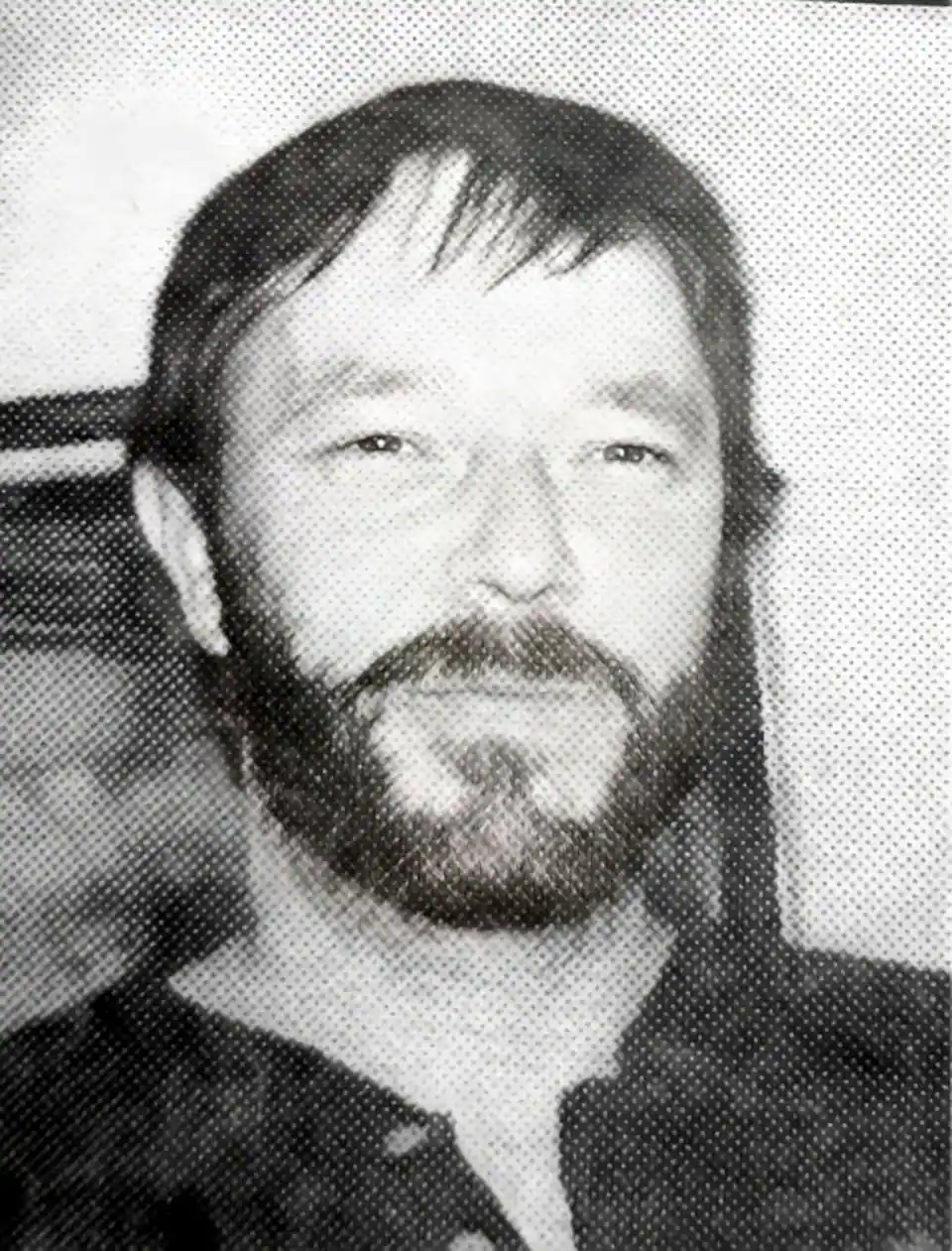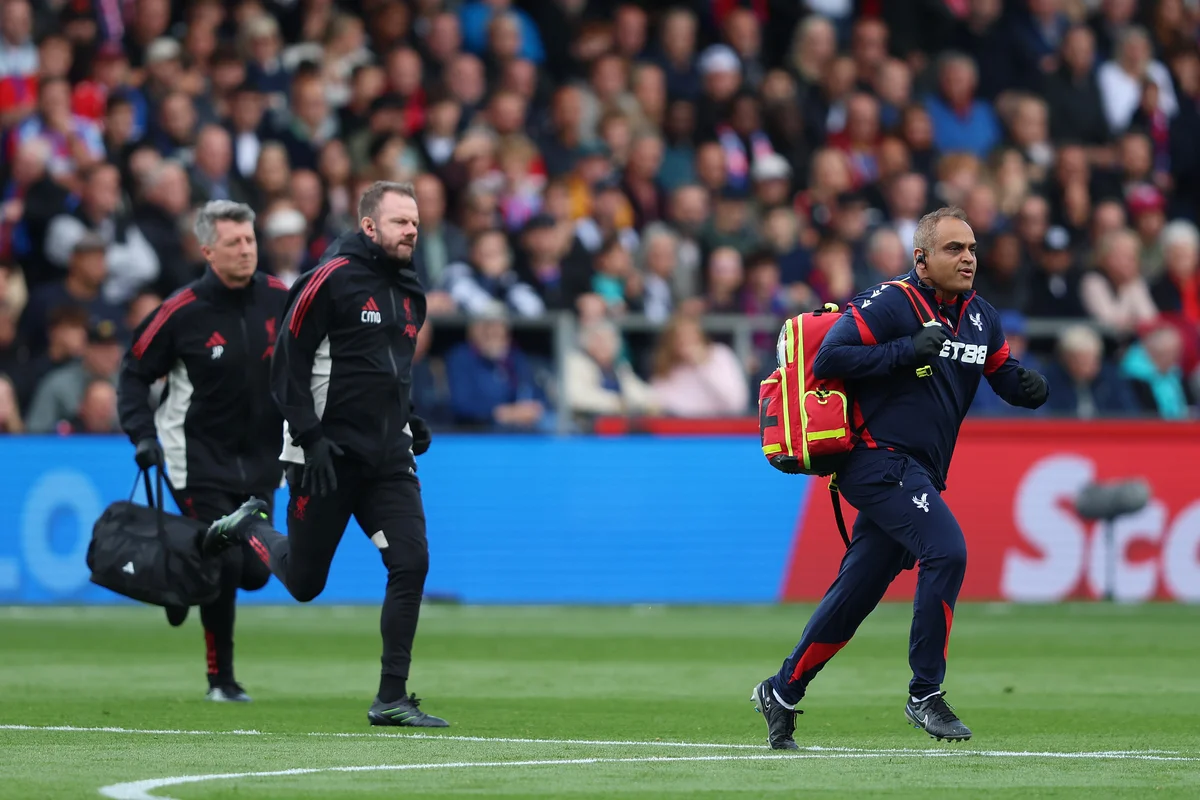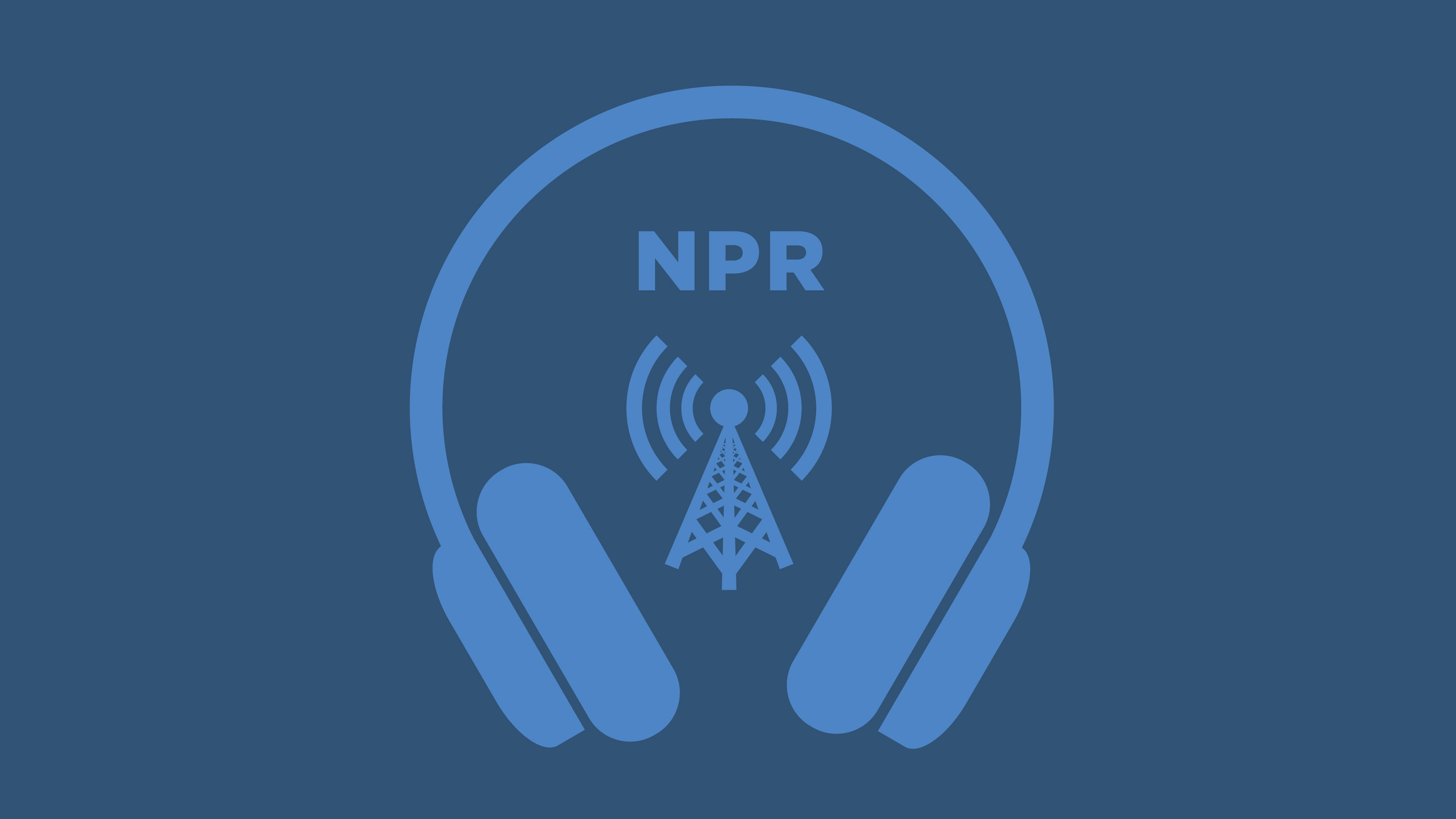Copyright huffingtonpost

I had just stepped out of the shower when my husband, Scott, called from the hospital, where our 9-year-old daughter had been a patient in the paediatric ICU for four weeks. He had relieved me that morning so I could go home, shower and return for a meeting with the doctors about our daughter’s condition. When he told me our daughter’s diagnosis was “neuromyelitis optica,” a rare autoimmune disease that attacks the central nervous system, my heart didn’t just sink. It stopped. A silent, internal arrest. In a single moment, my physician’s mind ran through the prognosis. Rare, incurable, potentially fatal. My heart broke under the weight of my devastation. Steam still hung in the air, my wet hair dripped as I clutched the towel around me, my skin still damp. When the words came through the phone, my legs gave way. I slid down the wall until I was sitting on the cold bathroom tile, the phone pressed to my ear, my breath caught in my chest. Scott asked if I was still on the phone. “It’s good we finally have a diagnosis,” he said, searching for a foothold of hope. After a long silence, I whispered: “That’s not a good diagnosis.” As a physician, I knew exactly what this diagnosis meant: Not only was it incurable; it often led to blindness, paralysis and ongoing hospitalisations. About a month ago, our daughter Nell had woken up one morning with nausea, dizziness and overwhelming fatigue. When I took her to the emergency room, her symptoms escalated rapidly. She became unresponsive, and a brain MRI revealed multiple large areas of inflammation. As her neurological status declined, her tongue and the other muscles involved in swallowing became paralysed. Because she couldn’t clear her oral secretions, she developed aspiration pneumonia and was admitted to the ICU, where she developed right upper extremity paralysis and lower extremity weakness. She remained in the ICU for five weeks, hooked up to beeping monitors and struggling to recover from what appeared to be a paediatric stroke. The diagnosis was made a few weeks later. The contrast between the recent memories of my daughter powering down the lacrosse field, her face lit up with joy after scoring a goal, and now seeing her lying in the ICU was stark. She was unresponsive, her face pale, her little body wired with tubes and monitors. The sound of machines beeping echoed where there once had been giggles. I had clung to the hope that we would find a cause, treat it and somehow reclaim the life we once had. I am a fixer. It’s in my DNA, both as a doctor and a mom. But this? This wasn’t a problem to solve. It was a reality to endure. In an instant, the future I had imagined for her vanished. I was left without a script, utterly lost. And what made it harder were the unspoken and sometimes spoken expectation that we would “bounce back,” pick up the pieces and return to life as it was before. Friends meant well when they told me, “You’re strong, you’ll bounce back,” or “She’s young, she’ll bounce back.” They thought they were encouraging me. But to me, it was a dismissal. This wasn’t a sprained ankle. This wasn’t a rough semester. This wasn’t a setback. It was annihilation. The question wasn’t “How do we bounce back?” and return to some previous version of our lives. That was impossible. The real question was: How do we grow through devastation? I had to learn to sit in the terrifying, liminal space between “what was” and “what is,” without knowing “what will be.” I had to let go of the fixer and become the witness. It was agonising. The grief, the pain, the fear. I wanted to escape all of it. But once I stopped pressuring myself to bounce back and allowed myself to sit in the rubble of my old life, something shifted. I stopped denying the destruction. I started to feel loss, anger, vulnerability. And in that heaviness, I discovered the first step toward healing. Only then could the real work begin. Not rebuilding the same house, but examining the pieces that remained. I asked myself: What is worth keeping? What needs to be left behind? My daughter’s rehab journey was gruelling. I watched her take her first wobbly steps with a physical therapist by her side, her legs shaking but her face set with determination. I watched her clutch a pencil with weak fingers, her letters uneven and jagged like a toddler’s. I sat in waiting rooms as she cried in frustration, knowing her friends were back at school, sprinting down fields and hallways while she struggled just to walk across a room. The ache of what was lost was overwhelming. But slowly, something new began to take shape. My daughter didn’t return to lacrosse. Instead, she discovered art and writing. She found a way to transform her pain into creativity and purpose, eventually writing a book to help other kids and teens navigate hospitalisation and chronic illness. We didn’t return to our old normal. We built a new one, grounded in acceptance, resilience and hope. We set aside dreams of athletic glory and the illusion of control, but we kept our core: love of family, strength and the belief that even pain can forge meaning. That terrible experience, the one I desperately wanted to forget, has become part of who we are, woven into the fabric of our lives. It fuels our rare disease advocacy, shapes our shared mission and deepens our gratitude for each new day. Now, when I face challenges, big or small, I don’t tell myself to bounce back. I sit in the rubble and really feel what has been lost. Because it’s only from that stillness that true growth begins. Not by rushing to return to what was, but by moving forward into who we are meant to become. If you’re in your own rubble, whether it’s a diagnosis, a broken relationship, a lost job, or a quiet despair you can’t name, I want to offer you a different approach. Replace “When will I get over this?” with: “How is this experience changing me?” or “What is this pain teaching me?” This shift invites curiosity rather than judgment and opens the door to possibility and transformation. Today, Nell is walking on her own and back in school full-time, although competitive sports are no longer part of her life. Though Nell’s disease is incurable, and we live with the ongoing possibility of relapse, we are grateful for the few FDA-approved drugs that help keep the inflammation at bay. That reality, knowing the ground could shift at any moment, makes us cherish each day she can attend school, pursue her passions, cook meals with us and create new memories. Having lived through this trauma has also connected us to the rare disease community, where we witness the extraordinary love parents pour into children who are dying or living with profound disabilities. This experience serves as a portal into a world that stands in stark contrast to the mainstream, where humanity can sometimes seem absent. But here, in the community of parents of children living with the uncertainty of rare, chronic conditions, humanity feels alive and fierce. Witnessing and being part of this has filled me with a humility and gratitude deeper than I could have imagined before. I’m still a fixer at heart, but I’ve learned not to lament the things beyond my control. I’ve come to trust that my envisioned life may not, in fact, be the best way. And I’ve realised that trying to “bounce back” to my old life would negate the growth, the perspective, the resilience and the connections I’ve gained. By sitting in this space and allowing it to reshape me, I have discovered more hope and connectedness than I ever thought possible. Maggie Kang, M.D., is a physician, TEDx speaker, resilience and healthcare coach, and rare disease advocate. After her daughter’s rare disease diagnosis, she writes and speaks about grief, growth and finding meaning in the face of life’s disruptions. Learn more at maggiekangmd.com. Do you have a compelling personal story you’d like to see published on HuffPost? Find out what we’re looking for here and send us a pitch at pitch@huffpost.com.



